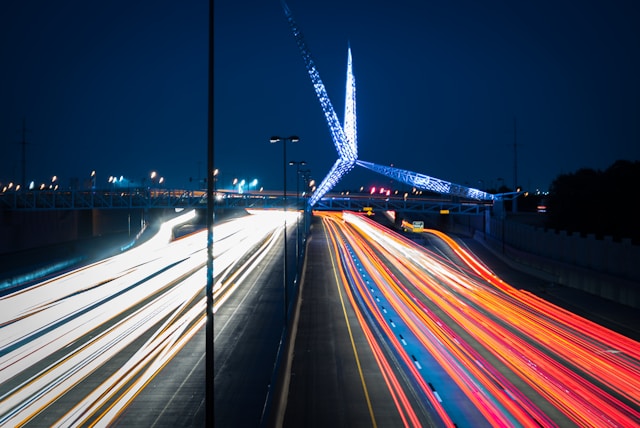In the environment ensuring safety and security is crucial. One aspect that is often underestimated in this regard is lighting. Research conducted by the International Association of Lighting Designers reveals that lit streets can lead to a 39% reduction in crime rates. This data emphasizes the contribution that modern streetlight columns make to infrastructure. Streetlights are not fixtures but elements that help maintain the safety and livability of our cities. With urban areas expanding investing in street lighting technologies becomes increasingly essential.
The Importance of Urban Lighting
Urban areas are centers of activity with people on the move. Adequate lighting is indispensable in settings. Streetlights offer visibility for drivers, cyclists, and pedestrians thereby decreasing the chances of accidents. In addition to safety benefits lighting also has a psychological impact. Lit streets can deter behavior instilling a sense of safety and security among residents, within their communities.
This feeling of security encourages nightlife activities stimulating economies and promoting community involvement. Moreover, sufficient lighting enhances the appeal of a city making it more inviting for both residents and tourists. Investing in high-quality street lighting doesn’t just make cities safer. Also improves the urban living experience.
The Evolution of Street Lighting Technology
Street lighting has evolved significantly from gas lamps. Incandescent bulbs. In decades there have been advancements, in lighting technology. LEDs for example have transformed street lighting with their brightness, energy efficiency, and longer lifespans compared to lights. Smart lighting systems represent another breakthrough, enabling control of streetlights. These systems can adjust brightness based on factors like time of day or pedestrian activity optimizing energy usage and enhancing safety. The integration of technology into streetlights is a game changer equipping cities with tools to manage lighting effectively and sustainably.
Engineering and Design Innovations
The design of columns emphasizes both functionality and aesthetics. No longer are we stuck with metal poles. Nowadays streetlights come in a variety of designs that enhance the look of areas while ensuring performance. Durability is a factor with materials engineered to withstand weather conditions and require minimal upkeep. By integrating streetlights into planning they serve both decorative purposes elevating the overall atmosphere of cityscapes. Contemporary designs often feature heights, customizable outputs, and aesthetic elements that seamlessly blend with the surrounding architecture.
Impact on Urban Infrastructure
Streetlights play a vital role in urban infrastructure beyond providing illumination; they are essential components. Enhanced street lights improve traffic management by offering visibility at intersections and pedestrian crossings reducing the risk of accidents and enabling traffic flow. From a standpoint, modern streetlights are environmentally friendly. LEDs and smart lighting systems consume energy reducing greenhouse gas emissions. Economically cities benefit from cost savings due to energy lighting well as indirect savings, from decreased crime rates and accidents. Moreover, lit streets can enhance property values attract businesses, and promote tourism, which in turn boosts the city’s economic development.
Future of Streetlight Technology
The idea of cities is gaining popularity worldwide with smart streetlights being an element of this concept. These modern lighting systems come with sensors and connectivity features that enable them to communicate with parts of the infrastructure. The future could see innovations such, as solar streetlights that utilize energy sources thereby reducing their environmental impact. Global trends suggest a move towards these systems as cities across the globe embrace sustainable lighting solutions. As technology progresses there is potential for streetlights to become more interactive and adaptive within settings.
In Conclusion
To sum up, contemporary streetlight installations are crucial for development. They enhance safety measures improve traffic flow management and contribute to sustainability efforts. The transition from lighting setups to smart systems represents significant advancements in urban planning practices. As cities expand and transform the significance of cutting-edge streetlight technology will only grow. Supporting these initiatives not creates urban environments but also nurtures connected sustainable communities that thrive vibrantly. Investing in the future of lighting signifies an investment, in enhancing the quality of life for both future generations.







